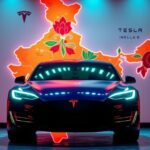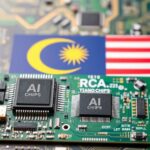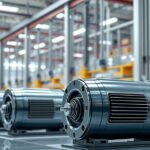
Tesla Enters India: A 9-Year Wait Ends
Tesla Finally Arrives in India After Long Wait After a nine-year tease, Tesla is finally making its official entry into the Indian market. This move marks a significant step for...


Tesla Finally Arrives in India After Long Wait After a nine-year tease, Tesla is finally making its official entry into the Indian market. This move marks a significant step for...

Meta’s Tentative Data Center Strategy Reports indicate that Meta, the tech giant, is employing an unconventional approach to construct its data centers: using actual tents. This novel method raises eyebrows...

Brian Singerman’s New Fund: An Innovative Approach Brian Singerman, a former long-time partner at Founders Fund, has teamed with Lee Linden to launch GPx, a new VC firm. They’ve raised over $500 million, blending...

Former Sequoia Partner Matt Miller Launches New Fund Matt Miller, a former Sequoia partner, has raised $355 million for his new VC firm, Evantic, with backing from Sequoia itself . The London-based...

As the Browser Wars Heat Up: The Hottest Alternatives to Chrome and Safari in 2025 The browser landscape is constantly evolving, with giants like Chrome and Safari dominating the market....

Malaysia to Require Trade Permits for U.S. AI Chips Malaysia will soon require trade permits for the import of artificial intelligence (AI) chips from the United States. This new regulation...

GM Aims to Break China’s LFP Grip with Battery Factory Upgrade General Motors (GM) is stepping up its game to challenge China’s dominance in the Lithium Iron Phosphate (LFP) battery...